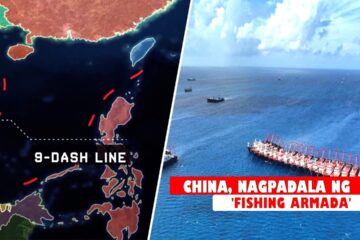Changing disputed boundaries with neighbors has signified a symbol of China’s external policy in recent years. In the context of the discussion at the India-Bhutan-China tri-junction, it will be interesting to note that Beijing is involved in changing maritime boundaries with Japan in the East China Sea and a host of Southeast Asian nations in the South China Sea (SCS).
There seems to be a pattern in Chinese behavior when it is a simultaneously opposing government of its neighbors. Beijing urging the envelope on the territorial conflicts comes amid uncertainty over US role in Asia-Pacific under the Trump administration.
The geopolitical flows have provided Beijing a chance to go for an aggressive approach that could further improve President Xi Jinping’s position ahead of the Party Congress that begins in October.
India and China have a conflict over their boundaries dating back to the 1962 war and are in talks to settle their differences. Tensions between the neighbors have been high for the past month with Chinese troops trying to build a road on the Dokalam plateau that the Bhutanese objected to Indian troops stationed in Bhutan under a special security arrangement have intervened to keep Chinese troops at bay, triggering the face-off.
The condition in the East China Sea is no different, and Japan has given ample indications that it will consistently act to maintain its territorial integrity upon Chinese unilateralism.
Last year, China was increasing its military activities in both air and the maritime area in the East China Sea using Naval vessels and bombers.
It has detailed plans in the South China Sea area, according to an official from one of the Southeast Asia countries who did not want to be recognized. India, which has been supporting Freedom of Navigation and Overflight in both SCS and the East China Sea, may now move closer towards like-minded countries in Asia and Pacific.























